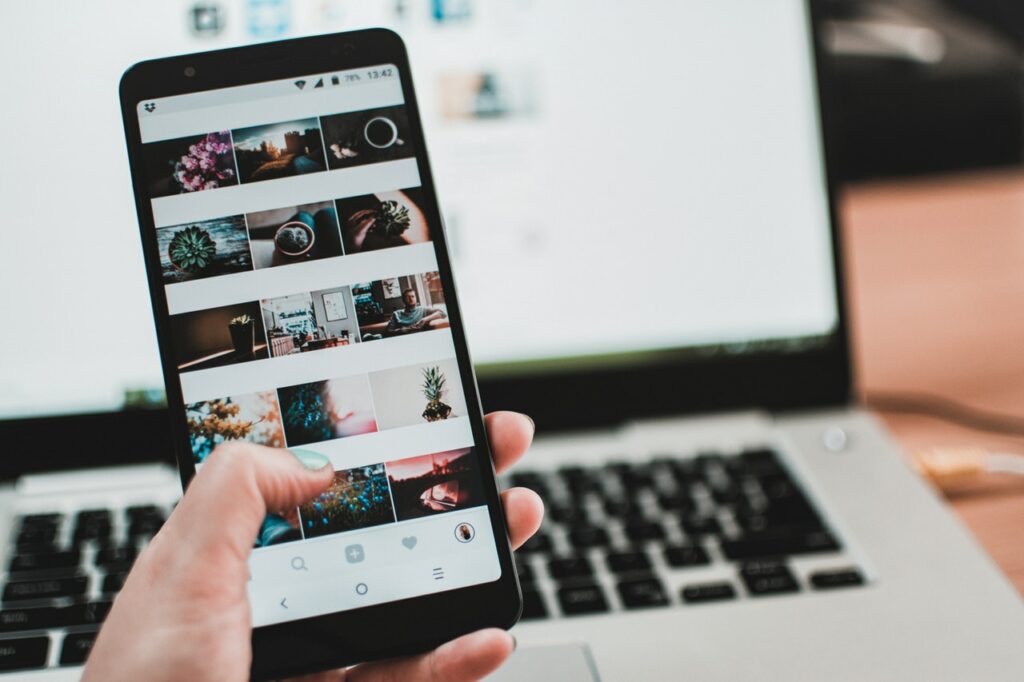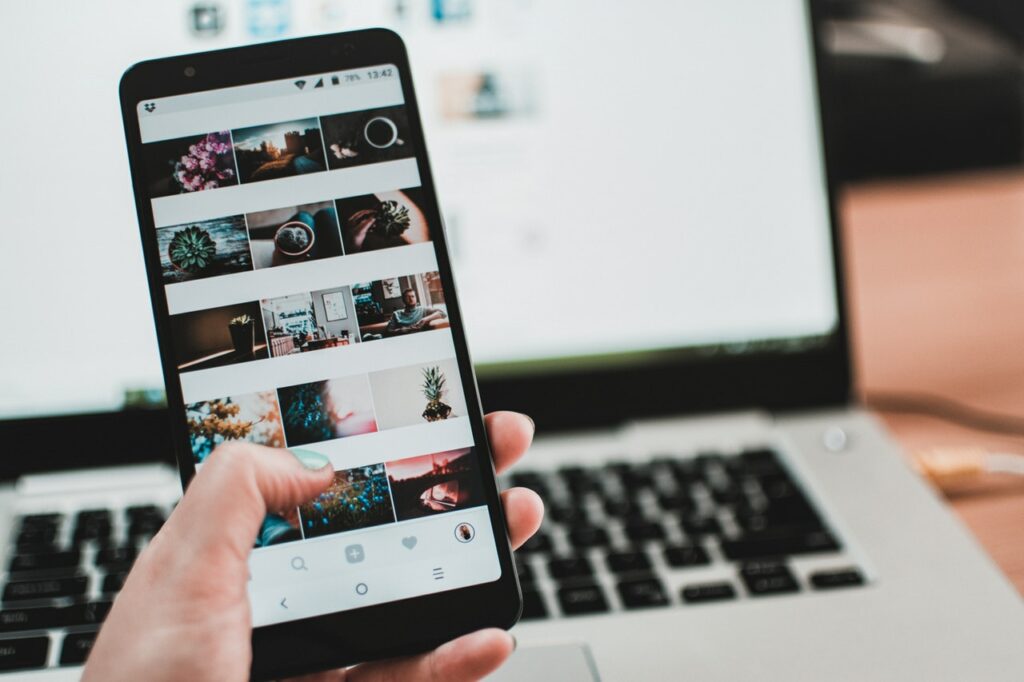As a business owner or marketer, you’ll likely be familiar with split testing call to action (CTA) buttons, experimenting with images and swapping around your ad copy. But, do you really understand the psychology behind it?
Have you ever stopped and wondered why your audience responds better to the orange CTA button? Or why they shared your last post over the one you’d carefully crafted for days?
To help refine your strategy, here’s a guide to harnessing the power of psychology in your digital marketing.
The isolation effect
This is defined as the tendency to recall the ‘stimulus that differs most from the rest.’ For example, if you were to share a to-do list with a colleague and highlighted ‘photocopying’ in bright yellow, according to the isolation effect, this is the action that will be remembered.
The isolation effect is useful when presenting potential customers with a call to action button. You want to draw the attention to the very place they need to click to convert into a lead or sale.
Think bold colours, enticing headlines like ‘book my free call’ or ‘shop now’ to make the action clear. Remember, users don’t want to have to scour your advert or site to find the call to action, the chances of them doing this are minimal to none. So, do all the hard work for them and use the isolation effect to clearly present that all-important CTA.
Understand the ‘whys’ of sharing

Have you ever just shared any old thing on social media? You almost definitely haven’t. In order to encourage engagement or action, a post has to really grab you. It has to strike a chord and play on your emotions.
So, as a marketer, it’s important that you understand the reasons why we share. A New York Times study revealed the top five reasons that compel people to share:
- To Support a Cause (84%)
- To Stay Connected (78%)
- For Self-fulfilment (69%)
- To Define themselves (68%)
- For entertainment (49%)
Think about the last time you shared something, was it for one of the above reasons? If you want your post to be shared or even go viral, it’s vital that you consider your audience’s emotions.
Before sharing, ask yourself if you would share it. Test it out with your colleagues too and if the answer is no, have a rethink and fine-tune your post.
Talk about your audience

Who doesn’t like being made to feel special? The thought that a brand is speaking directly to you and addressing your most fraught desires or pain points is hard to beat when it comes to marketing.
This psychology is all about showing you understand them. You get their problems and see why they’re struggling. You’re providing a solution and helping them on their way. This is powerful stuff as it flips traditional marketing on its head.
Back in the Madison Avenue days of advertising, brands would broadcast their messages and enforce upon consumers the reasons why they surpassed anything else. Did they show they cared about the day to day struggles little Suzy had? No, no they didn’t.
They simply partook in a one-way conversation about the benefits of their product or service, which back then, worked for many. However, the marketing landscape has changed and the way people respond to advertising is different.
The more you can tap into your audience’s pain points and provide a solution, the more successful your campaign will be.
Make use of the anchoring effect
Anchoring or ‘the anchor effect’ is a form of cognitive bias in which people place more importance on the first piece of information they are given when making a decision. They, therefore, tend to rely more heavily on this piece of information or the ‘anchor.’
For example, if an online retailer listed shoes at £50.00, a consumer would immediately think they’d spotted a bargain when finding the boots elsewhere for £39.99. However, who’s to say the first price wasn’t just overly expensive?

A simple, yet effective, way of implementing the anchoring effect in your marketing is to show an original price next to the discounted price. The original price will act as an anchoring piece of information to consumers, giving the discounted price weight in their mind as a real cost saving.
Another way brands tend to use the anchoring effect is when offering subscription services. When businesses prefer customers to sign up for annual plans, they will make said plans more attractive by using the art of anchoring.
By displaying the monthly cost at £15.99 and the annual cost at £10.99, customers will instantly see a clear saving. Although the annual plans are payable up front, that £5 saving will be enough to sway some people into making that 12 month commitment.
The multi-buy is another way to use the anchor effect in marketing. Favoured by supermarkets across the country, those ever-tempting ‘end of aisle’ multi-buys are a classic example of how psychology can convince us into spending more.
When lemonade usually costs £1.50 a bottle but as part of the multi-pack, it equates to just 99p per bottle, it’s easy to be drawn into putting the pack of four into the trolley. But what many people fail to question in the heat of this multi-buy, price saving madness – is whether they really need to spend more on four bottles instead of one.
There is an ethical line to be aware of when using the anchoring effect in marketing. Yes, you want to compel people into buying, but in doing this always avoid the risk of being deceitful and essentially conning people into converting.
Urgency and loss-aversion
ASOS’s one day, 50% sale with free next day delivery, is ending in two hours. Consumers across the country click on over to the site to get in on the low prices and irresistible bargains. Do they need the shoes they’ve mindlessly clicked into that basket? Or the anorak that they simply must have for autumn in six months? Probably not, no. But what they do need is to not miss out on some potentially big cost savings.
One of the oldest tricks in the book here when it comes to marketing. Urgency. Make people feel like if they don’t do it now, they will miss out. To avoid loss, consumers are more likely to click through than on a standard ad, showcasing a new line of sweaters.

Countdown timers, decreasing ticket numbers, limited items and flash sales are all ways of generating a sense of urgency. It’s human instinct to avoid loss so ads that take this into account tend to have a higher response rate.
Think reciprocity
When a stranger offers you something for free, it’s only natural to want to give them something back in return, right? This goes for marketing too. In fact, reciprocity or giving to get is now an integral part of content marketing.
Brands offer blogs, guides and freebies to potential customers to incite that feeling of reciprocity. If, for example, a kitchenware company sends you a free cookbook, chances are, when you come to needing a new pan, you’re more likely to shop with them over the competition.
Incorporate Grounded Cognition into your marketing strategy
This is the idea that people have the ability to imagine themselves in a story as they read or see it. They envisage that the story is happening to them so experience it a lot more effectively. Research into grounded cognition has demonstrated that, unless people incorporate themselves into the situation or story, they will easily forget facts and figures.
It boils down to the fact that if you want people to really absorb and remember your message, you will need to make them feel part of it. This is where storytelling comes into play.
Storytelling is the art of using a narrative to form a stronger connection with your customers. This is usually based around brand values, history and what your business stands for.
Take Apple, for example. If you think about the tech giant’s ads, they never explicitly sell a phone or laptop. They sell a lifestyle. The person using the MacBook has a certain kind of lifestyle that consumers aspire too. They don’t list off the benefits of the new iBook, they simply demonstrate how it fits seamlessly into that lifestyle.
When using grounded cognition, or storytelling, focus on the why of your business. Why do your products or services exist? Then tell this story to your target audience. Having what you stand for at the core of your story will make it more powerful and memorable.

If you want to take a look at great storytelling in action, check out these brands on Social Media:
Present your customers with instant gratification
Do you have the one-click purchase set up on Amazon? No need to constantly tap in your card details every time you make a purchase. Just one click and the product is on its way to you. Dangerous for some but gratifying. It’s convenient and makes the process simple.
This is a prime (no pun intended) example of instant gratification. Consumers don’t want to have to work to get what they want online. We live in an instant era now where we can order something online and have it delivered in an hour.
When we type a question into Google, the search engine comes back with more intuitive answers than ever before. Users no longer have to scour articles and books to find what they’re looking for. Answers can be presented in seconds.
It’s, therefore, no wonder that instant gratification has become a powerful and important marketing technique. There are a number of ways you can achieve this for your brand, here are a few examples:
Using social media for customer service: Facebook Messenger has become an essential way to communicate with customers for many businesses. If you can provide near on instant answers to customer questions, you’ll satisfy their need for efficient support.
Quality content: Think about all the questions you are asked on a daily basis about your product or service. Round them up and write informative, engaging blog posts to provide answers.
Click and collect: The reason many people shy away from shopping online is the hassle of missing a parcel and having to go out of their way to collect it. However, if consumers know they have the option to collect the package from their local shop, they would be far more inclined to fit this into their week at their own convenience.
Same or next day delivery: If you have the capacity to offer this service, you may well see an increase in sales as it plays right into offering your customers the instant gratification they crave.
Incorporate digital self-support: Ah hold music. Bach, Beethoven, ABBA – what will it be? No matter what your musical taste, everybody hates hold music. The very prospect of being put on hold in this day and age is dire. So, why not offer a way for your customers to answer their own questions? If you can create a digital troubleshooting service, where customers guide themselves through questions based on their own issue, you’ll prevent them from having to pick up the phone and solve their problems much more efficiently.
To sum up
Human psychology can be a powerful tool when harnessed in the right way. If you can create campaigns that form an emotional connection with your target market, you’re far more likely to see the results you’re looking for.
Use it to make your customer journey more enjoyable, engaging and gratifying. Share entertaining content, make your user experience impeccable and provide the type of service you would want to receive.
Observe brands like Amazon and Airbnb and look carefully at how they put the customer first at every step of the journey. From the initial ad to the thank you email, their processes are scientifically tested and designed to have a memorable impact.


